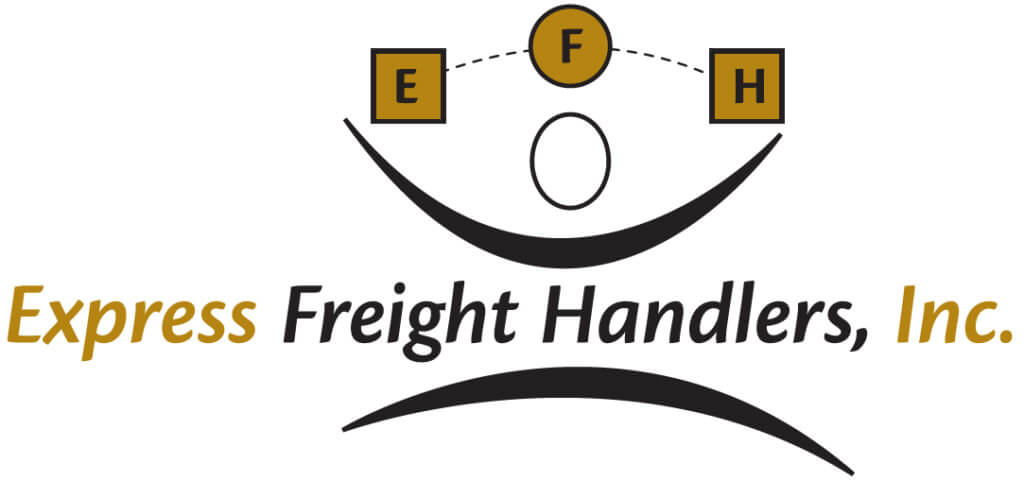
Literally speaking, in the Logistics industry, the term “unload freight” means to remove goods from a vehicle, a trailer, or a container after it has been transported from one location to another. This, however, as many a warehouse and logistics manager has discovered, is a true professional occupation, not a job for unskilled labor, even though essentially it is a manual process. The task of unloading freight is typically performed by trained and experienced workers, also known as “lumpers”. These professionals are hired by the job to perform their assigned tasks. Once their work is finished and has been approved, they depart, until the next time they are called upon to perform this specific task. Express Freight, a leader in this field, deploys our OSHA-certified freight loading and unloading teams in over 38 states. Additionally, we service over a million containers and trailers every year. We offer this primer of facts about our work for logistics and warehouse overseers who need dependable, on-demand professionals for unloading freight whenever the warehouse receives a shipment.
Where do most of our clients need to have their freight shipments unloaded? Generally at a warehouse or storage facility’s loading dock. Docks are ideal platforms for unloading freight as they are generally about 4 feet higher than the pavement so that the back of the trailer aligns with the warehouse floor. This setup is the most common and makes the process of unloading perishables and standard-sized non-perishable products easier. If a dock is not available, our teams, comprised of two lumpers and their supervisor, generally convey the freight using a forklift and ramps. If need be, we also use hand trucks to remove stacks of products and, if contracted, will place them directly into specified storage areas within the facility. When unloading a truck, another option is to use a tailgate or liftgate as it is also known. These permanent lifts are attached to the back of a truck and are specifically used for loading and unloading cargo. Truck lifts are a great option for routine stops at locations that do not have a loading dock, however, there are weight limitations of about 1,500 lbs.
As previously mentioned, loading ramps are also employed when a destination does not have a dock or forklift equipment. These mobile ramps are then wheeled up to the tail end of a truck or container for easy and safe cargo unloading. In some instances, Express Freight’s teams arrive to find the task of unloading freight will be entirely manual, or as it is known in our trade, by hand bombing. While this is seldom the case, in the instance where the shipment contains lightweight cargo, carriers have no issue with their freight being removed and stored by this method. The point in this posting is simple- where, when, and by whatever safe and effective means you require your shipment(s) to be unloaded, Express Freight will be glad to discuss all your options and arrange for one of our seasoned teams to perform it. Once you work with Express Freight, you’ll want to partner with us for all future loading and/or unloading freight requirements. Bring us your questions, we’ll be glad to assist you with your decision. Another way to look at the definition of “unload freight” is as a notation meaning “call Express Freight to arrange”. So contact us today!

